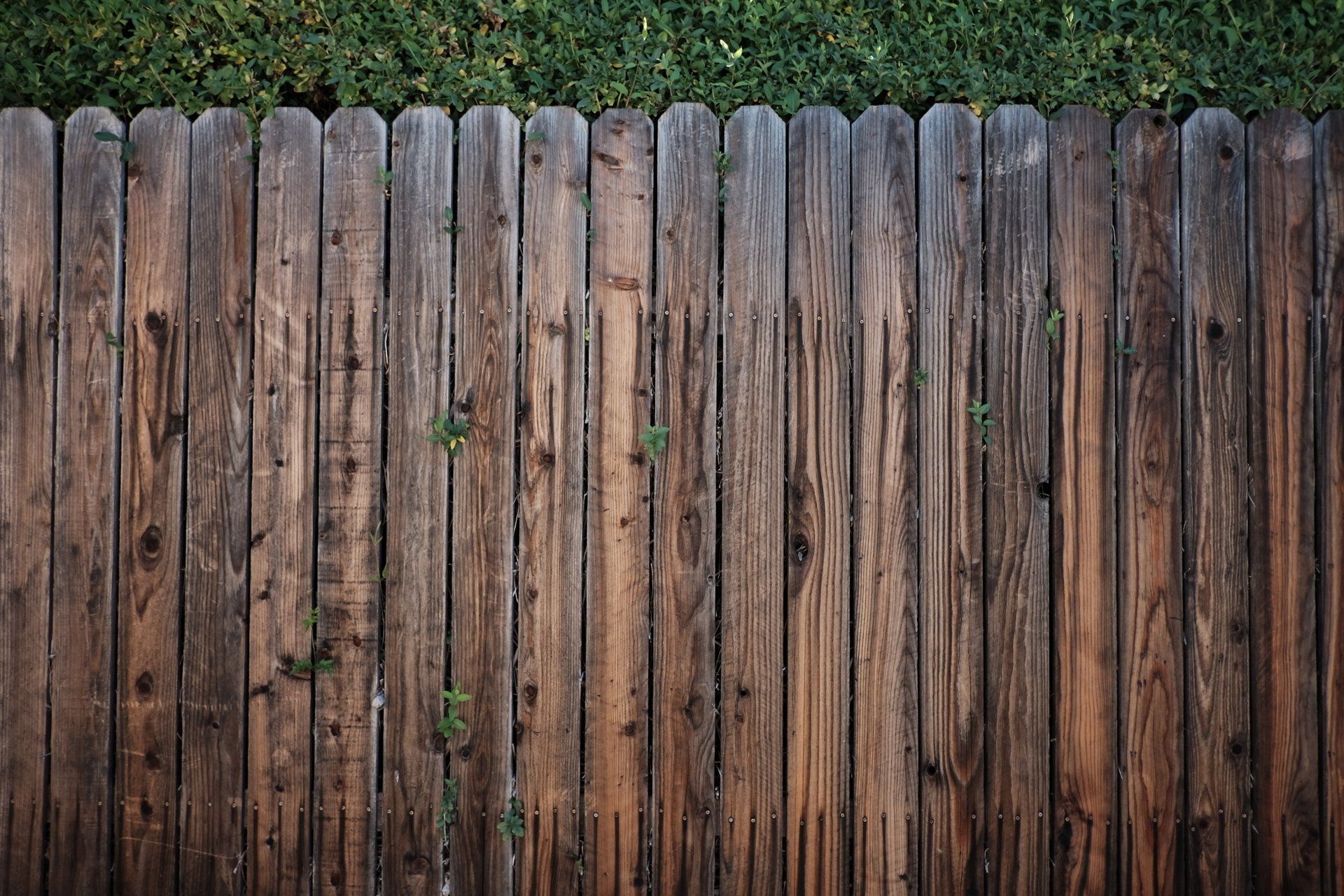How To Remove Green Algae From Fences
Need To Remove Algae From Your Fence Before Painting?
Green algae can quickly become an unwelcome sight on your wooden fence, not only detracting from your garden's appearance but also potentially damaging the wood over time. Here, we explore the importance of addressing green algae and effective methods to eliminate it.
Understanding Green Algae
Green algae are microscopic organisms thriving in damp, shady environments. They rapidly spread across wooden surfaces, forming a slimy, green film. While not harmful to health, they can mar the fence's appearance and contribute to wood decay by trapping moisture.
Removing Algae from Fence Panels
To effectively clean algae from fence panels, prioritise safety with protective gear. Begin by gently brushing off loose algae to avoid surface damage. Prepare a cleaning solution of one part white vinegar to two parts water—a natural and safe option for plants. Apply the solution generously, allowing it to sit before scrubbing stubborn areas and rinsing thoroughly with a garden hose. If needed, consider eco-friendly algae removal products from hardware stores.
Understanding Algae Growth on Fence Posts
Algae spores, ubiquitous in the environment, thrive under specific conditions: moisture, shade, and organic nutrients. Wooden fences in garden settings, often shaded and regularly watered, provide ideal breeding grounds for algae. Dust, soil particles, and plant matter on wood surfaces further nurture their growth.
Preventing Algae Growth on Fence Posts
Prevent algae recurrence by minimising moisture. Trim overhanging plants to increase sunlight exposure and air circulation around the fence. Apply a waterproof sealant to create a moisture barrier on the wood. Regularly inspect and gently clean the fence to catch algae early and maintain its appearance and integrity.
Removing Algae from Fence Posts
For an effective, eco-friendly approach, use a mixture of white vinegar and water. Apply the solution liberally to algae-infested areas, let it soak, then scrub with a stiff brush. Rinse thoroughly to remove algae remnants and vinegar residue, discouraging future growth by creating an inhospitable environment.
Other Effective Methods
Various methods can effectively remove algae from fence posts:
- Bleach Solution: Mix bleach with water, apply, and rinse cautiously to avoid plant and soil damage.
- Pressure Washing: Use gentle settings to remove algae without harming the wood.
- Commercial Algae Removers: Choose products safe for garden use.
- Boiling Water: Pour directly on algae patches to eliminate them naturally.
- Copper Wire:
Install atop fences to release algae-inhibiting ions with rainwater, offering long-term protection.
Each method offers distinct benefits and can be selected based on individual preferences, algae severity, and environmental considerations. Regular maintenance and proactive measures ensure your wooden fence remains both aesthetically pleasing and structurally sound over the years.
For help or advice on
local fence repair customers can book our
Stevenage fencing services today on 01438 901606.



